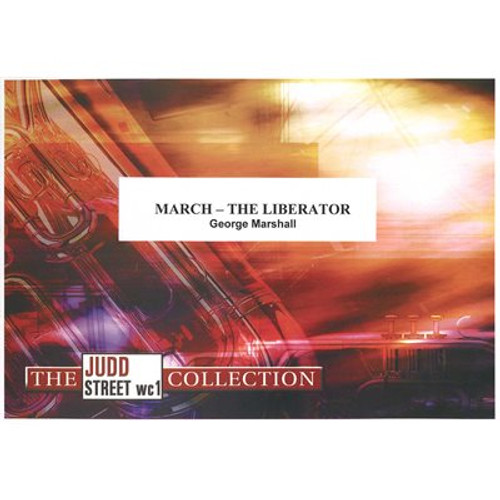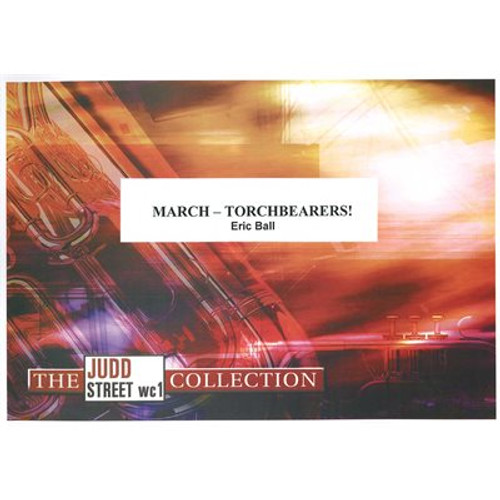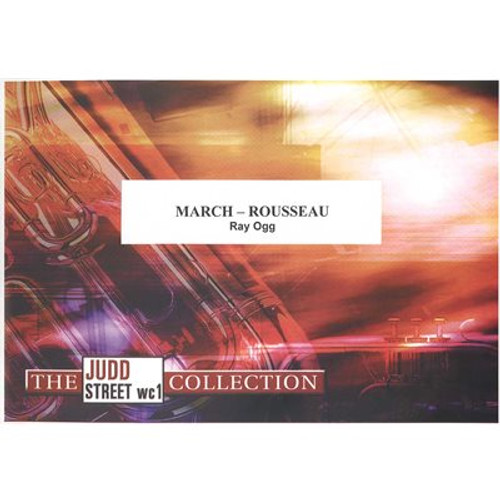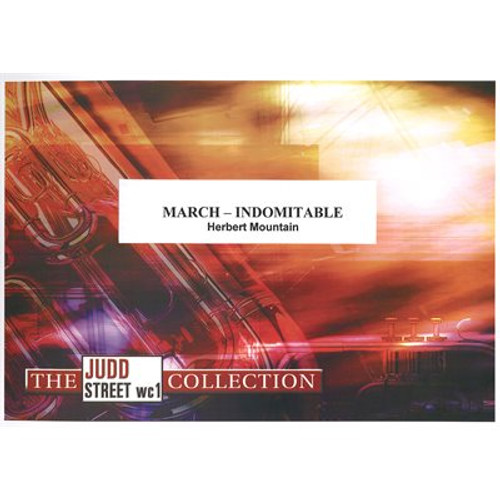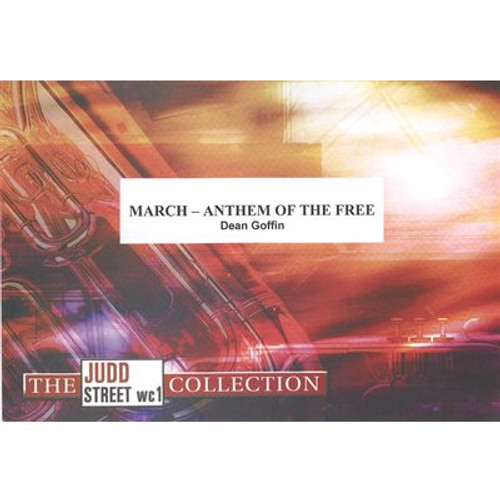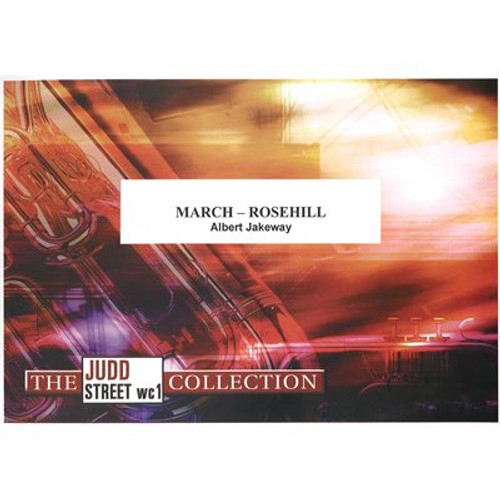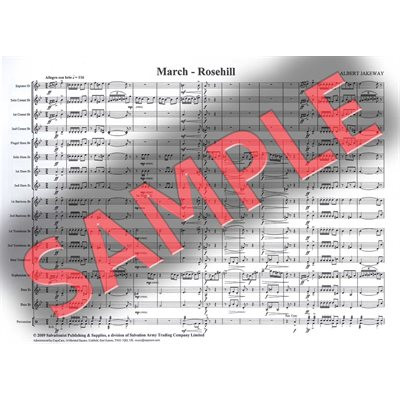Product Description
Comments by Lieut-Colonel Frederick Hawkes
Many of Bandmaster Marshall's marches have secured universal favor over the years and this effort has proven equally successful.
The introduction is based on quotation from the theme used for the bass solo, the opening figure being in unison for a few instruments with chord work interpolated on the unaccented beats for the alto and bass instruments. Later the descending melodic figure breaks into syncopation, but the firm, insistent tread of the bass part, moving in contrary motion, and the accented notes for trombones will keep up a decisive march rhythm. It will be seen that the melody of the introduction consists of a slightly varied form of the scale of F. This section of the march will prove quite easy to play.
The first subject is of a light, buoyant nature, with a clearly defined march rhythm. Note the dynamic is but mezzo piano at the beginning. This should not be exceeded. Neatness of articulation is necessary and the little indications such as staccati, accents and slurs all call for close attention. If these are duly attended to, pleasing little features will be added to the rendering. A well-contrasted countermelody is given to solo horn, 1st baritone and euphonium, which, if played in an expressive legato manner, will stand out easily and have a binding effect. Characteristic rhythmic touches are given to the tenor trombone parts, which also add color to the scoring.
This section is repeated and then follows a very strong contrast in the second movement. The general effect is much more emphatic, although the second phrase is marked mezzo forte. For the rest, however, fortissimo prevails and the playing should be marked by much in the way of energy and power. The baritones and tenor trombones unite in a characteristic countermelody and care should be taken to see that this is played in a firm, united style. The euphonium has a slightly varied form of the principal melody. Note the strongly accented chromatic chord work in the fourth phrase.
At letter C we have the bass solo, for which the chorus which accompanies these words was chosen:
- When there was no eye to pity,
- When there was none to redeem,
- From Bethlehem's favored city,
- There flashed a heavenly gleam,
- The Light has come! let our grateful songs ascend,
- The Light who guideth our steps to our journey's end.
Hence the title ᄀᆰ The Liberator. The theme is strong and vigorous and will come out well if played in a compact style. The upper parts consist chiefly of reiterated notes in the first half with well-contrasted rhythmic changes at bars 64-66. Not a difficult bass solo, but a decidedly effective one.
The trio is prefaced by an eight-bar introduction and here several special features will be noticed. Following a preliminary shot chord and an ornamental flourish on the cornets we have some chromatic chord work for the middle and lower instruments marked by swells and then, immediately preceding the first theme of the trio, a trumpet-like figure commencing forte and tapering down to mezzo forte. All these details should be closely examined and duly attended to in rehearsal.
At letter D in the theme is given to the baritones and euphonium and this is lightly accompanied by a few instruments, the trombones being added for color effect in alternative phrases. The latter should be introduced in a quiet, unostentatious manner. Little phrases of harmonic accompaniment are given to the solo horn here and there. Otherwise the arrangement is purely choral.
A short episode is introduced at letter E. After a little practice this will quickly take shape for while it will sound very forceful and effective when properly played none of the parts are really difficult.
Instead of immediately proceeding to the repeat of the first subject as is frequently the case, the writer added a new section in the way of a second subject. The cornets work in duet form throughout and it will be seen that the solo cornet part lies in a rather high register. An interesting countermelody is allotted to the baritones and tenor trombones, and another to the soprano and euphonium.
We now proceed with the repetition of the first subject of the trio section. Here all instruments re employed and a number of interesting points in the arrangement will be readily observed. While a good, steady stream of tone is required, avoid overloading the music with too much in the way of force.
(view series guide)
Produced by The Salvation Army, SP&S, UK

